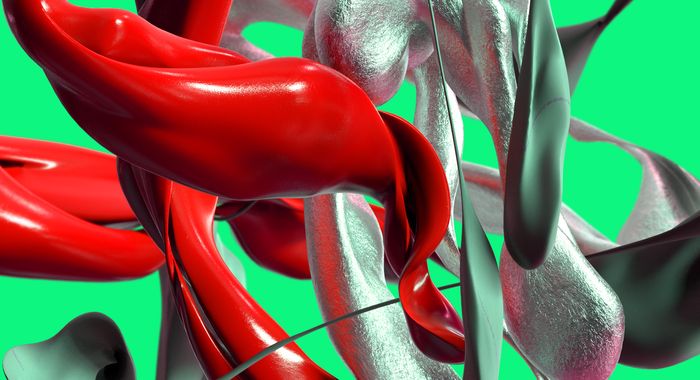Major Project in Graphic Design- The Journey of the Sun
My major project consists of an interactive, circular museum piece measuring 700 x 700mm depicting the Ancient Egyptian myth of the sun god Ra’s journey through the underworld each night. It is accompanied by an app designed to provide the user with more information on specific aspects of the piece, and media that would advertise the exhibition that the piece would be displayed at. After thoroughly researching Ancient Egyptian history, culture, and techniques in art, I decided to design a museum piece that would complement artefacts displayed as part of an exhibition on Egyptian mythology. An especially interesting aspect of Egyptian art for me is the composition, and how something that seems strange or unintelligible to us made perfect sense to someone in the ancient world. Some examples of these techniques include the Egyptian’s disregard for realistic proportion or perspective in their paintings; instead, using these features to denote importance or to give the most accurate and complete view of a thing from every angle. The piece would be created using MDF due to its rigidity, smooth surface and colour contrast when laser etched. The base and the centre of the design would be stationary, while the second layer around the outer ring can be turned by the user to reveal the text relating to the section of the design in which the pointer sits. My final design embodies the Egyptian’s view of the world, with Egypt at the centre, the sky and the 24 kingdoms Ra travels through in the day and night represented in sections around the centre. The 12 hours of the day are represented by the large section at the top but are not expanded on as they play no role in the myth of Ra’s nightly journey. The 12 hours of the night in the Duat are represented below Egypt, with Ra’s solar barque running along the river connecting the two. I experimented with ways to implement the typography to ensure it is easily legible as the user moves the pointer section around the design. I also factored in a knurled section to ensure that the pointer would be easy to turn. This section also doubles as the body for Apep, an immense serpent who plays a major role in the myth. Through my design, I aimed to tell an unadulterated version of the story, as close to how the Egyptians would have seen it. I utilised some of their techniques, such as their use of size to denote significance. My use of a circular design hampered my ability to use techniques such as registers, but was needed to create a balance between accurate portraying Egyptian methods of communication and successfully conveying information to a modern audience. It was necessary to compromise so that the user would not become frustrated with historical aspects of the design they may not understand. I was aware that the user would not gain all the information about what they were looking at from my design alone; therefore I designed an app to be paired with the design. This would be accessed via a QR code printed onto my resolution’s display stand, and lead to the app store where the app could be downloaded. The app would use image recognition software, meaning the user would hover over the image of the section they wanted more information on and it would link to the relevant page. Overall my design is a unique method of communicating the Ancient Egyptian myth of the sun’s journey in multiple levels, depending on how much information the user wants to consume. It adds an interactive element to my proposed exhibition that would make it more engaging and help attendees to view the myth from an Ancient Egyptian perspective.

